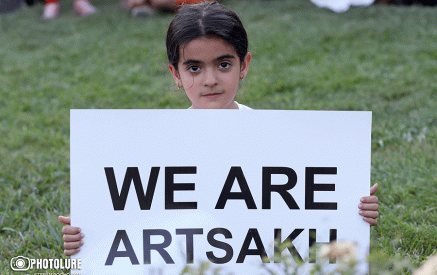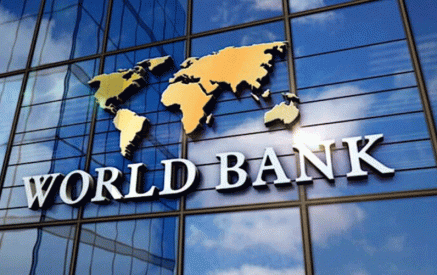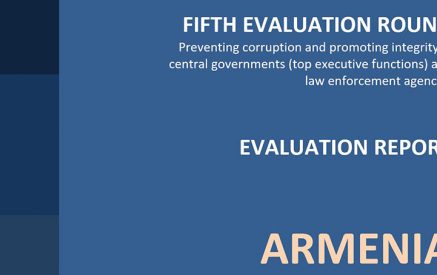Lately, due to situation created around dram-dollar, a panic is noticed among local banks depositors and borrowers. Despite these ten years, banking system was one of the most stable ones in our country, which is evidenced by the experts of this industry, however, some depositors prefer withdrawing the money from the banks and keep them under the “mattress” having the fear of the banks going bankrupt a few years ago.
To the question of “Aravot” whether the flow of bank deposits would not cause shocks in the banking system, economist Vilen Khachatryan said that if it is widespread, then the banking system will be at risk. “When there is a currency crisis, it could very easily turn into a banking crisis, in other words, people who are keeping the currency in the banks, begin considering it risky, but the currency crisis phase, we can say, in some sense came and went, and as a result, it is viewed by the example of the banking system. People perhaps in some sense lost their confidence in banks, and this is logical. As for withdrawal of their currencies, then the depositors thinking that the dram will be depreciated, possibly would begin withdrawing their deposits in AMD and convert to dollars and deposits in the form dollars rather than AMD, expecting that the local currency devaluation will happen but not with dollar, while the dollar deposit would bring them more revenues in the future.
But should they view the problem deeply and find out that the problem is not the currency, but also the banking system, then they would not trust the banks and they would try to withdraw their money both in local and foreign currency and keep with them. Of course, this may jeopardize the banking system, if it is widespread.” According to the economist, the depositors taking all invested deposits will make the banks face the problem of paying the interests of these deposits. “However, I must say that the banks are insured, and in case of early returning of deposits, in other words, before the expiry of the deadline, according to some provisions, the interest is repaid less. True, the banks will suffer losses, but they will not pay more interest for the given period of time.”
As for the loans, as presented by Vilen Khachatryan, the problem is more complicated in the credit system. According to the economist, local banks issued more that 60 percent loans in dollar, under which the payments should be made in two terms: one is the principal amount in dollars and the interest mandatorily in AMD, and in the other case, both the principal amount and interest in dollars. “Those paying dollar loans suffer, if there is at least a 10 % of depreciation of dram and appreciation of dollar, they pay 100 USD more for 1000 dollars. In other words, if a person had a loan of 10 thousand USD, it has already become 11 thousand dollars. This is a serious problem, and aggravates the burden of borrowers in dollars.”
Read also
Referring to stability of our banking system, the economist said that it is true that it is considered to be stable in our country, but according to the studies by the European Bank for Reconstruction and Development, which is held every year to estimate the economies in transition, and the highest score is 4.5, Armenia’s banking system is estimated to be about 3. “True, today’s it is considered to be an established banking system, however, it is small by the volume of its financial potentials, and secondly, it has a small unit weight in our economy. In other words, if the banking system makes 45 percent of GDP, it yet does not mean that the banking system in this economy is very powerful,” said Mr. Khachatryan.
To our question that the economists often mention that if one or two banks go bankrupt, then the rest will also suffer like a chain reaction, even the most trusted banks, Mr. Khachatryan expressed an opinion that no banks collapse will happen, because apart from the fact that local banks have a certain level of stability, in many cases, our banks serve corporate interests. “In other words, people are standing behind them, who will not allow a collapse, and it is normal, it can be explained by the events in 2009 when the world banking system registered cases of bankruptcy, difficult situations, but our banking system, as such, did not suffer. All banking risks, in this regard, were restricted, and it is entirely the result of the support in the banking system. With regard to similar measures, they will not allow our banking system face a collapse.”
According to the economist, there are 21-22 banks operating in our country, and in the event of bankruptcy for one of them, the banking system will bear general losses. “But, I think that no collapse of the banking system will occur, simply the customers of given bank will be moved and be distributed to other banks, rather than the other banks also face the bankruptcy by the domino elect.”
LUSINE BUDAGHYAN
P.S. The Central Bank data about issued deposits and loans was the last updated. The information was as of October month. Accordingly, the banks provided loans worth over 1 trillion 817 billion AMD, and 1 trillion 675 billion AMD deposit was involved, of which 734 billion AMD are the foreign currency deposits.






















































